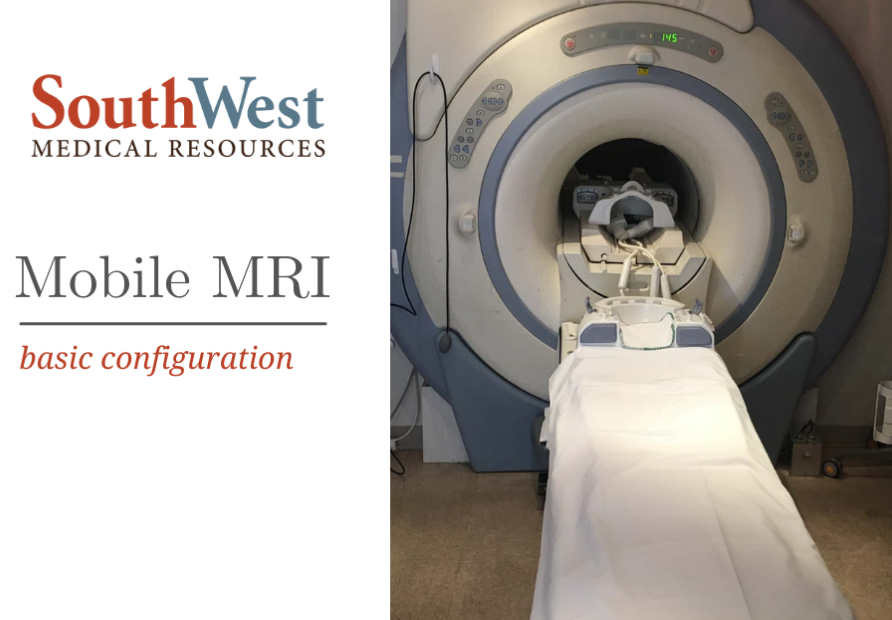The Basic Components of a Mobile MRI and Why You Need to Know Them
What is a Mobile MRI Scanner?
Let’s begin with a brief overview of the MRI mobile unit configuration. A mobile MRI unit is a self-contained suite that houses the scanner, control room, and sometimes a patient changing room. It’s called a mobile unit because the suite is built in a 48′ or 60’ semi-trailer which can be transported between multiple locations or connected directly to a facility.
Knowing the configuration of a mobile MRI scanner will benefit you in several ways:
- Selecting your optimal location
- Coordinating ease of delivery
- Forecasting some difficulties you may face during delivery or operation of the mobile MRI Unit
The Mobile MRI Trailer
Specialized medical imaging trailers are outfitted with rigid frames in order to prevent the magnetic forces of the superconductive magnet from caving in the sidewalls of the trailer. The undercarriage of the mobile MRI trailer is reinforced to provide stability that supports the added weight of the MRI system.

Fun Fact: The superconductive magnet of the MRI system weighs approximately 12,000 lbs.
The mobile MRI magnet
The magnet of the MRI system sits centered over the rear axle – furthest away from the trailer kingpin – for maximum support and stability during transport and operation. Service access is available behind the magnet in the scan room via a swinging service access door located at the rear of the medical imaging trailer.
The mobile MRI magnet faces forward with patient access provided to the Operator Room via a wide swinging door that can accommodate MRI-safe patient transport. Patient lift access is located along the right side (passenger side) of the mobile MRI trailer.

Expert Advice: Patient lifts can protrude as much as 8 feet from the side of the mobile MRI trailer. Always allow ample space for safe patient access and ensure the path of patient transport is clear of any obstructions.
Reserve Your Mobile MRI Today
This information will help to prepare you for the delivery and operation of the mobile MRI unit. If you have any further questions, please reach out to our team at Southwest Medical Resources.
Work with the experts you can trust. Our leadership in the industry is driven by a team of experts and unmatched resources. We exist to bring quality and value to our customers. Reserve your mobile MRI today from SwMR and work with the experts you can trust.
Get a Free Quote




